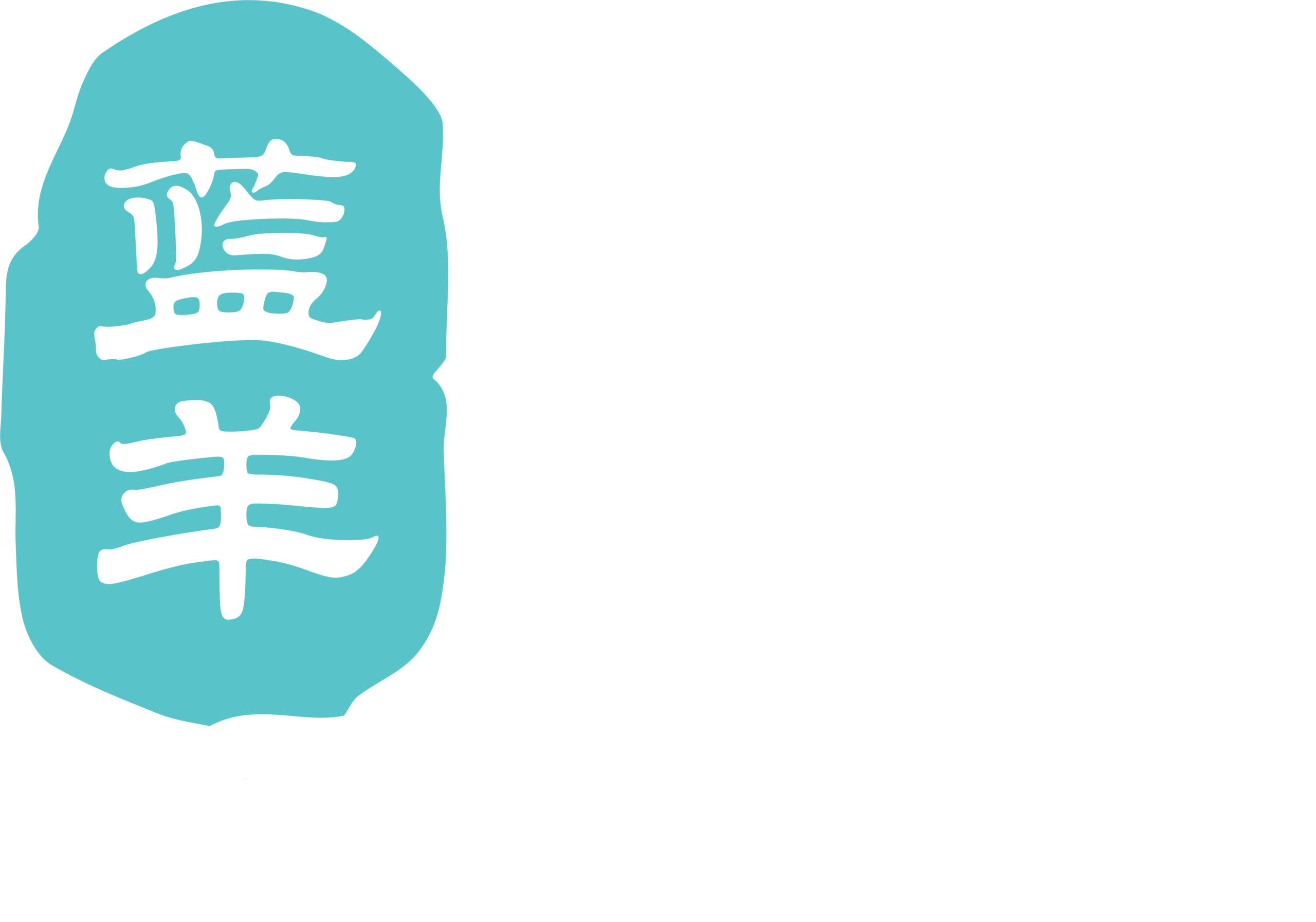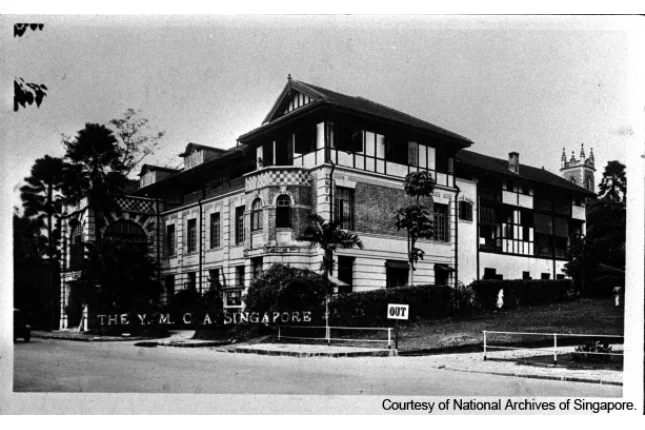When designing and developing a website, one critical yet often overlooked factor is determining who will maintain it. While it’s tempting to focus on aesthetics, functionality, and launch-day readiness, long-term maintenance plays a decisive role in the website’s success. Whether it involves updating content to reflect the latest developments or ensuring security patches are applied to protect users, the responsibility of website maintenance can make or break the platform’s relevance and reliability.
A major part of this decision hinges on content management systems (CMS). Websites that leverage CMS platforms—such as WordPress, Joomla, or Drupal—make routine updates, content changes, and overall management more accessible for non-technical stakeholders. However, the efficiency of a CMS relies heavily on who’s tasked with using it. Are you assigning this responsibility to a dedicated webmaster? A marketing team? Or will you rely on an external agency for support? Identifying the right person or team early on ensures the website remains functional and aligned with its objectives.
Beyond the technical side, it’s crucial to define clear ownership of content updates and website upkeep during the design phase of your project. Maintenance isn’t just about fixing broken links or tweaking layouts—it’s about ensuring your message stays fresh and your digital presence reflects your evolving brand or business. This requires strategic planning, accountability, and resources to keep pace with changes in your industry, user expectations, and technology trends. The earlier you clarify who’s responsible, the smoother your website operations will be post-launch.

A User-Friendly Method for Small Business Owners
As a small business owner, the idea of maintaining your own website might feel overwhelming—especially if you’re not technically inclined. Fortunately, modern tools like intuitive CMS platforms can make the process approachable, even for beginners. Systems like WordPress, Wix, or Squarespace are designed with user-friendly interfaces, allowing you to make basic updates like editing text, uploading images, or adding new pages without needing to write a single line of code. With just a little familiarity, you can take control of your site’s updates and keep it fresh without relying on outside help.
To simplify maintenance further, one effective strategy is to design your website around categorized blog sections. Instead of worrying about how to update various pages manually, treat your site as a collection of blogs with clearly defined content categories. For example, you could have sections dedicated to “Products and Services,” “Customer Stories,” and “Industry Tips.” When posting new content, just tag the appropriate category, and platforms like WordPress will automatically place it in the corresponding section. This eliminates guesswork and ensures your updates are organized without extra effort on your part.
Designing Your Website as Blog Sections
This strategy isn’t just hypothetical—it’s exactly how I approached the design of www.bluelamb.asia. The site is built around four distinct blog sections: The House of Lam, Discover For Yourself, Chinese Idioms of the Week, and Practically Nothing. Each section caters to a unique content focus and serves distinct target audiences, allowing visitors to engage with material that resonates with their interests. For example, The House of Lam provides cultural and personal stories, while Discover For Yourself encourages exploration and curiosity. Chinese Idioms of the Week delivers valuable linguistic knowledge, and Practically Nothing offers light, casual content.
This structure brings multiple advantages for a small business owner. By categorizing content, it becomes effortless to publish updates—just write the content, select the relevant category, and WordPress handles the placement automatically. There’s no need for technical expertise to maintain a professional, organized site. Moreover, organizing content by categories encourages visitors to explore other sections of the website, fostering deeper engagement and keeping your audience around longer.
Small Business Benefits of This Approach
By adopting this design method, small business owners gain significant advantages in website maintenance. Categorizing content into blog sections allows owners to focus solely on creating relevant posts without worrying about manually updating different pages of the website. This approach minimizes technical hurdles, saves time, and ensures fresh content is always available for visitors.
This website www.bluelamb.asia has four blog sections (The House of Lam, Discover For Yourself, Chinese Idioms of the Week, and Practically Nothing) provide distinct content areas while simplifying maintenance. All the owner needs to do is focus on writing content and tagging the correct category. This method not only enhances organization but also keeps the website dynamic and engaging for diverse audiences.
For small business owners, this design proves to be a simple, yet impactful solution. It reduces the stress of keeping the site up-to-date while boosting audience engagement through an intuitive, category-driven structure. Whether your site is about products, tips, or sharing stories, this approach allows you to maintain a professional online presence with ease—and without needing advanced technical skills.




